Easy Cut Out Sugar Cookies
4.9
(21)
Your folders
Your folders
Prep Time: 30 minutes
Cook Time: 10 minutes
Total: 100 minutes
Servings: 40
Author : Tessa Arias

Ingredients
Export 7 ingredients for grocery delivery
Instructions
Step 1
In a large bowl, use an electric mixer to beat the butter and sugar on medium-high speed until well-combined and smooth, about 3 minutes. Add the eggs, vanilla, and almond extract and beat until combined. On low speed, slowly add in the flour and baking powder and beat until incorporated.
Step 2
Divide the dough into 2 equal portions. Place one dough portion between two sheets of parchment paper and roll out to 1/4-inch thickness. Repeat with the remaining portion of dough. Place the two sheets of dough on a baking sheet and chill for at least 1 hour or up to 1 day. You can also freeze for 30 minutes.
Step 3
Preheat the oven to 350°F. Line large baking sheets with parchment paper or silicone baking mats.
Step 4
Remove the dough from the fridge and cut into shapes with a cookie cutter, rerolling any scraps and cutting more shapes. Transfer the shapes to the prepared baking sheets.
Step 5
If the dough is too warm, freeze for 15 minutes or until firm again, to prevent spreading.
Step 6
Bake for 10 minutes, or until the cookies are set and beginning to brown. Be careful not to over-bake. Let the cookies cool for 5 minutes before removing to a wire rack to cool completely. Baked un-iced sugar cookies can be frozen in an airtight container for up to 1 month.
Step 7
In a small bowl, use a fork to beat together all the ingredients except the food coloring. Beat in the food coloring, a few drops at a time, until colored to your liking. The mixture should be very thick but still pourable. Add more powdered sugar as needed.
Step 8
Transfer the border icing to a squeeze bottle using a funnel. You can also scoop into a pastry bag fitted with a small plain tip. Before you begin icing any cookies, take a few moments to practice on a piece of parchment paper to get the feel of the icing.
Step 9
Holding the bottle or bag tip directly over one corner of a cookie, begin tracing an outline of the cookie, squeezing gently and using both hands if needed to maintain consistent pressure. I prefer to allow a little slack in my icing line as I go. If you mess up, simply wipe the icing off and start again. Allow the icing to dry slightly before continuing with the flood icing.
Step 10
In a small bowl, use a fork to beat together all the ingredients except the food coloring. Beat in the food coloring, a few drops at a time, until colored to your liking. The mixture should still be pretty thick, but will drizzle more freely than the border icing. If needed, add additional water or milk to loosen until the consistency is pourable. Pour the flood icing into a squeeze bottle or into a pastry bag fitted with a small plain tip.
Step 11
Prepare as many batches and colors of flood icing as you need to decorate your cookies.
Step 12
Begin filling the interior of the border drawn on each cookie with the flood icing, being careful not to add too much that it overflows the border icing. Use either the nose of the bottle or a small toothpick to push the icing evenly over the cookie and up against the corners.
Step 13
Leave the iced cookie to dry for 24 hours. The cookies are dry when the surface is completely smooth, dry, and resists smudging when touched. Store the dried cookies between sheets of parchment paper in an airtight container at room temperature for up to 10 days.
Top similar recipes
Curated for youYour folders
 75 views
75 viewsEasy Cut-Out Sugar Cookies
loveandlemons.com
Your folders
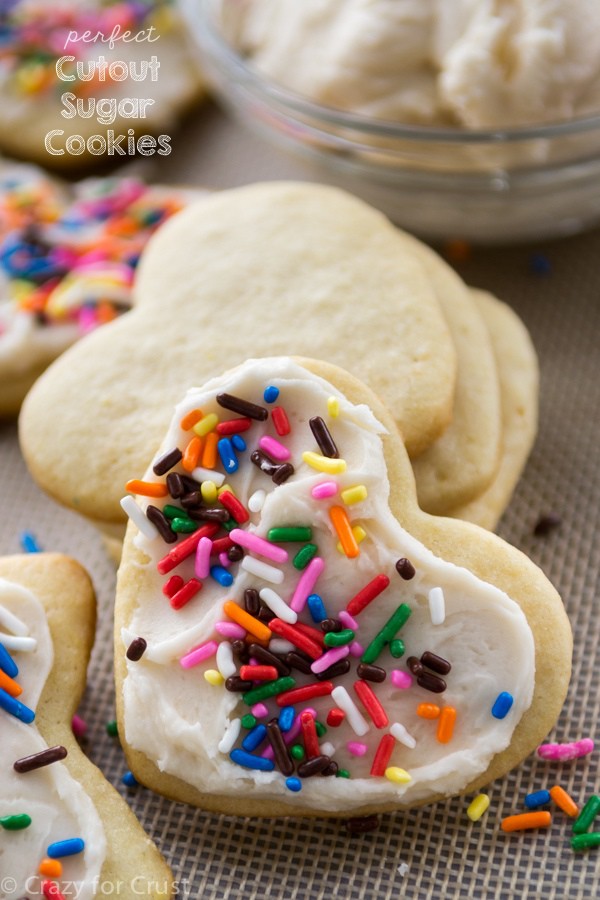
 449 views
449 viewsCut Out Sugar Cookies
crazyforcrust.com
4.9
(15)
10 minutes
Your folders
 74 views
74 viewsCut Out Sugar Cookies
crazyforcrust.com
Your folders
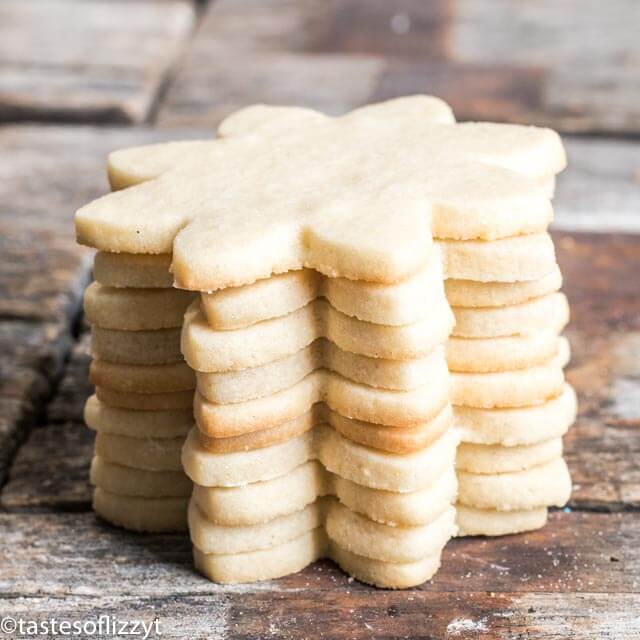
 595 views
595 viewsCut Out Sugar Cookies
tastesoflizzyt.com
4.9
(62)
12 minutes
Your folders
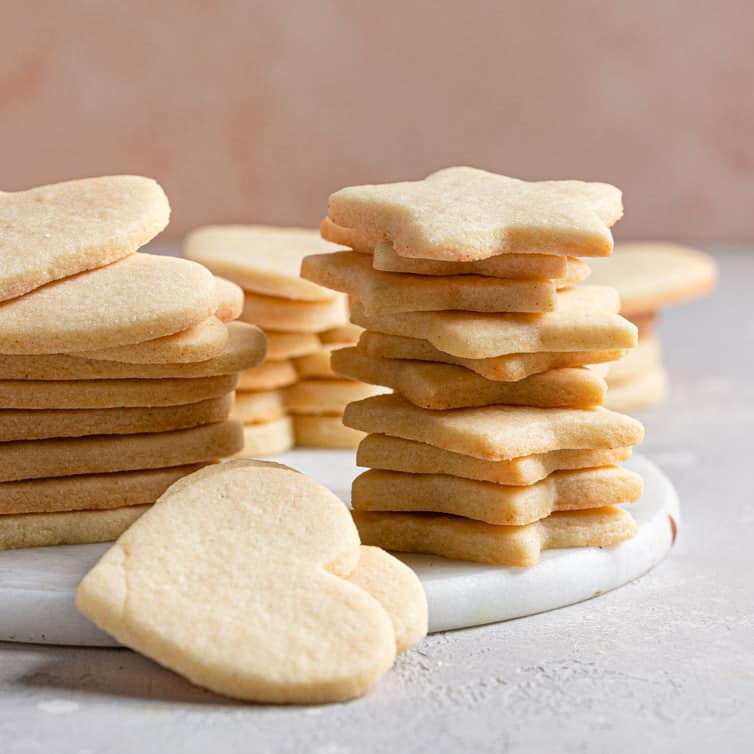
 202 views
202 viewsCut-Out Sugar Cookies
browneyedbaker.com
5.0
(78)
10 minutes
Your folders
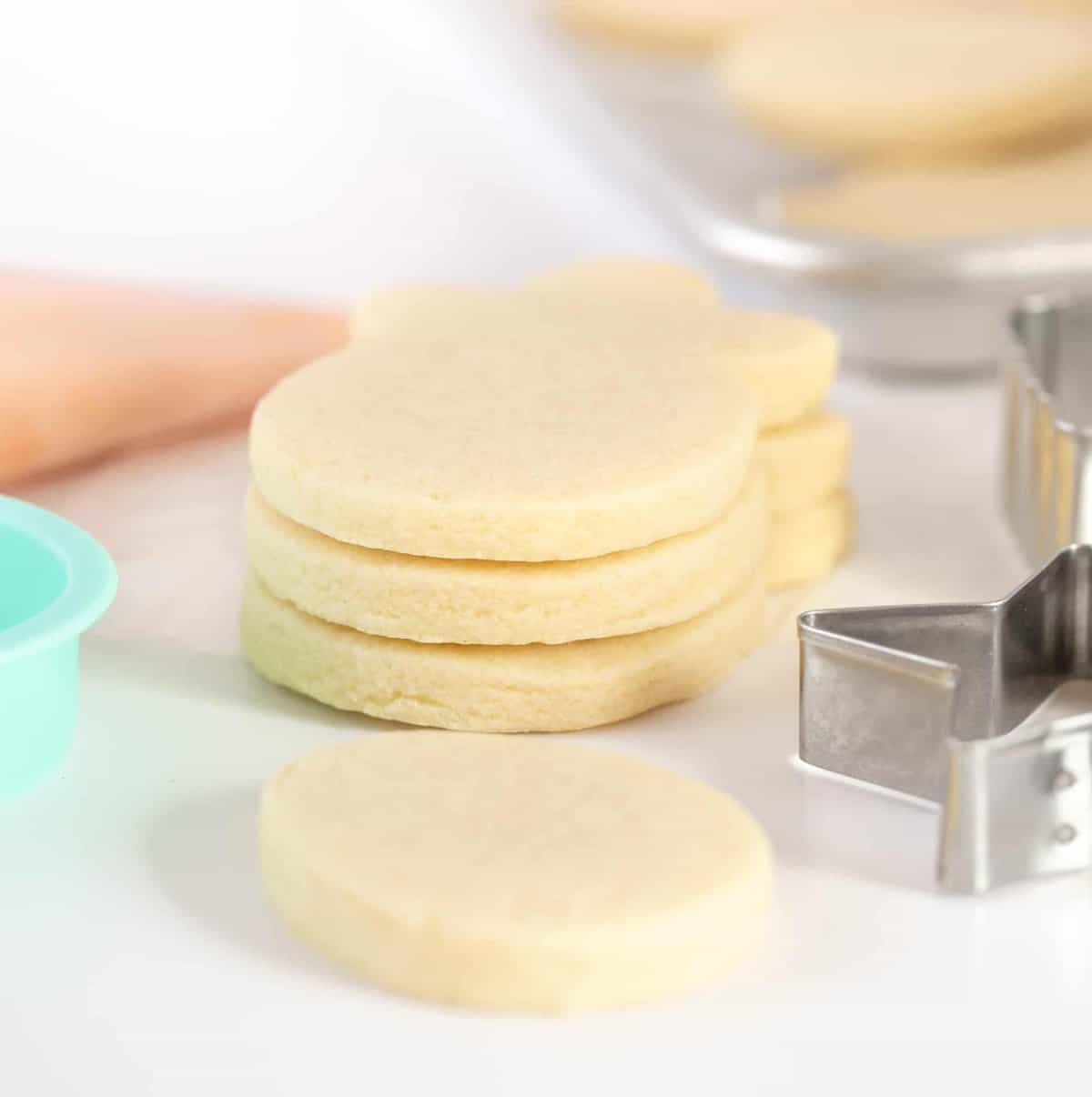
 269 views
269 viewsCut Out Sugar Cookies
designeatrepeat.com
4.8
(113)
12 minutes
Your folders
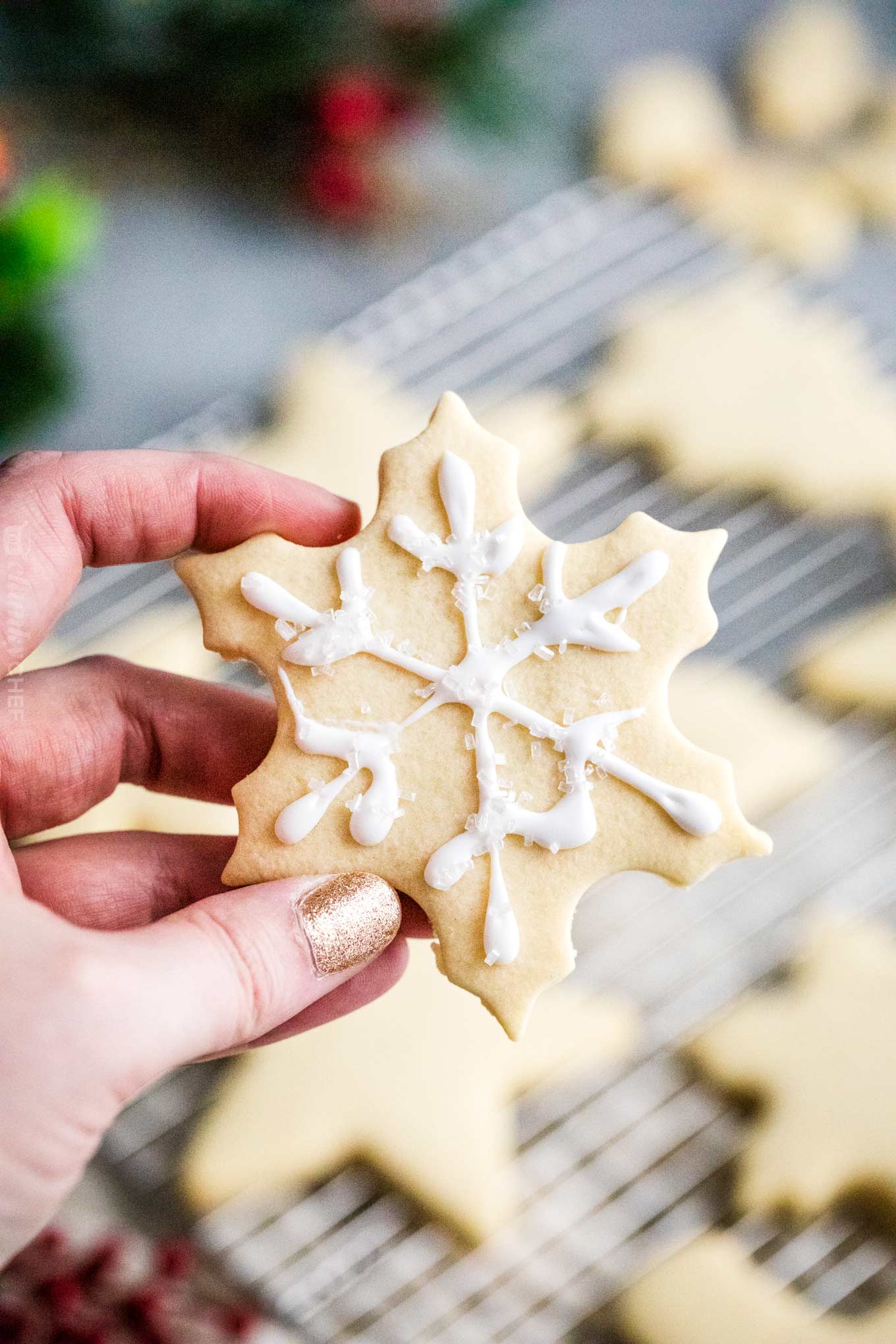
 122 views
122 viewsCut-Out Sugar Cookies
thechunkychef.com
4.9
(80)
15 minutes
Your folders
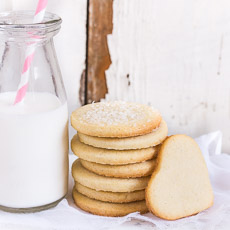
 529 views
529 viewsUltimate Cut-Out Sugar Cookies
prettysimplesweet.com
4.8
(13)
Your folders

 1076 views
1076 viewsSoft Cut-Out Sugar Cookies
sallysbakingaddiction.com
4.9
(180)
12 minutes
Your folders
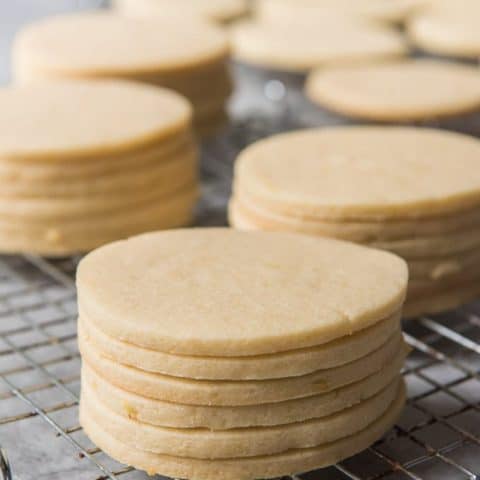
 368 views
368 viewsBest Cut-Out Sugar Cookies
houseofnasheats.com
4.4
(62)
8 minutes
Your folders
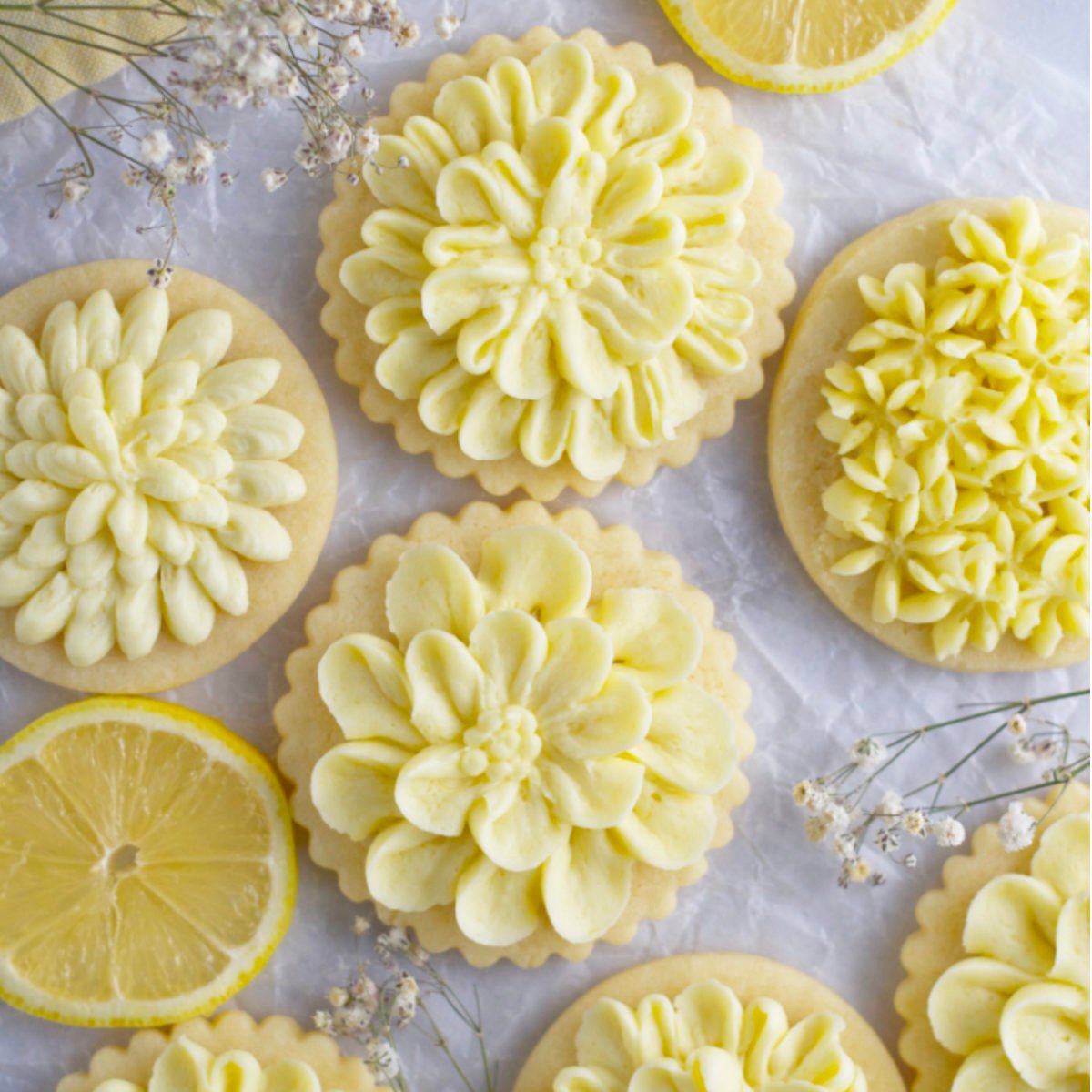
 204 views
204 viewsLemon Cut-Out Sugar Cookies
twosugarbugs.com
4.7
(36)
8 minutes
Your folders

 313 views
313 viewsSoft Cut-Out Sugar Cookies
sallysbakingaddiction.com
4.7
(513)
12 minutes
Your folders

 358 views
358 viewsSoft Cut-Out Sugar Cookies
sallysbakingaddiction.com
4.7
(387)
12 minutes
Your folders

 366 views
366 viewsSoft Cut-Out Sugar Cookies
theseasonedmom.com
4.8
(19)
10 minutes
Your folders

 240 views
240 viewsSoft Cut-Out Sugar Cookies
sallysbakingaddiction.com
4.7
(662)
12 minutes
Your folders

 133 views
133 viewsPerfect Cut Out Sugar Cookies
loskitchenco.com
5.0
(2)
10 minutes
Your folders

 431 views
431 viewsCut-Out Cookies
foodnetwork.com
4.2
(58)
12 minutes
Your folders

 570 views
570 viewsCream Cheese Cut Out Sugar Cookies
cookiesandcups.com
4.6
(24)
10 minutes
Your folders

 181 views
181 viewsEasy Cut Out Sugar Cookie Recipe
beyondfrosting.com
4.4
(7)
10 minutes